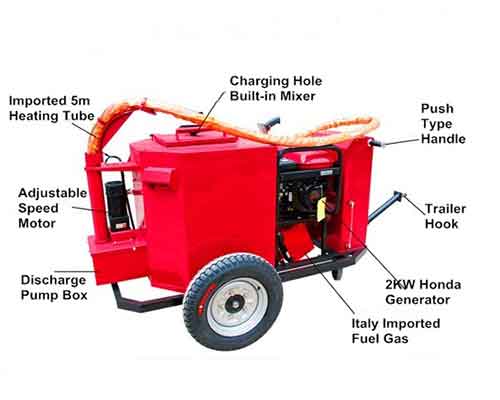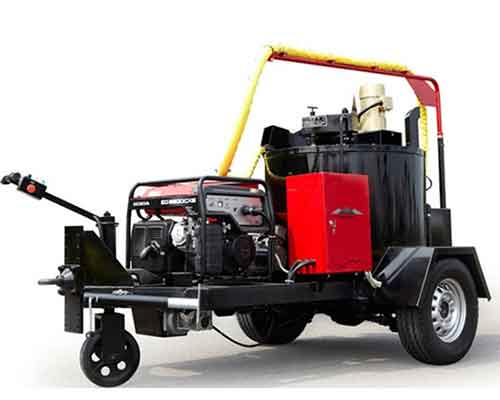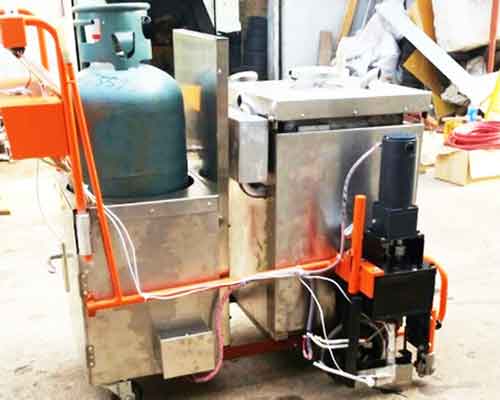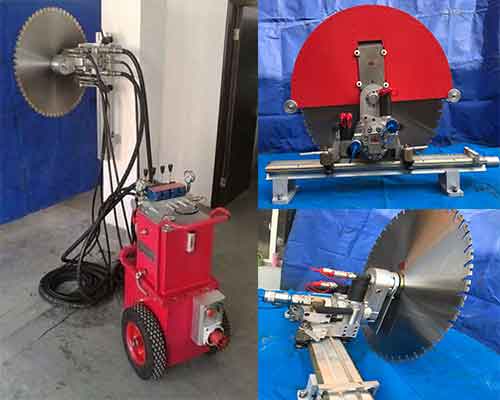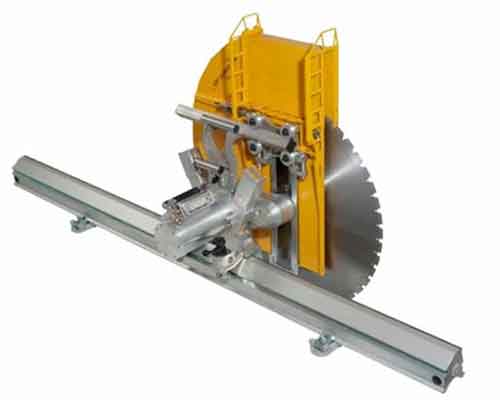One of the major problems when it comes to concrete flooring is that you can be left with a bumpy dusty floor that is effectively unfinished. Machine aided manufacture helps to correct the natural mistake that concrete creates when drying.
Finishing a concrete floor is all about timing, get it wrong and you could be left with an uneven floor or a large amount of mess to clear up. A power trowel is used to create a flat and robust finish on a concrete floor, such as a patio floor or an interior kitchen floor. Power trowelling can be achieved on any size of surface by either a manual walk-behind trowel or a ride on trowel.
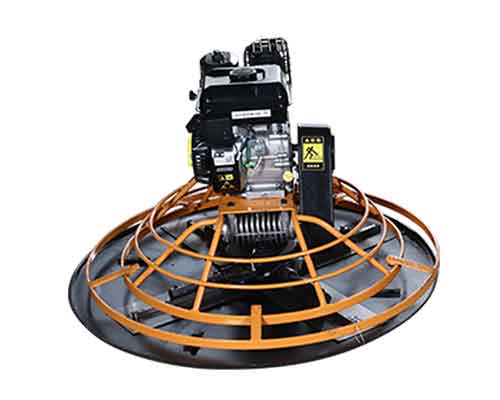
How do they work?
Power Trowels come with either one blade or multiple blades that spin continuously from within a safety cage which rotates on the surface of the concrete to provide a smooth result. They are used to smooth out any imperfections on the surface of the concrete that may cause bumps or ridges when hardened. The rule of thumb when using a power trowel is to place a foot into the concrete and make sure that the mark does not make more than a 3mm imprint, with as little water residue as possible (which means, avoid cold damp days). If you leave the concrete to thicken too much then the blades will not be able to cut into the floor and will damage the equipment which is obviously not what you want. If the surface is too soft then the machine will tear up the surface and leave massive imprints on the floor. The flooring must be able to take the weight of the trowel and in most cases the operator as well.
Benefits of Power Trowelling
* Provides a strong durable result
* Manual use allows for small areas to be quickly and efficiently smoothed
* Sit on machine or a manual push machine for a variety of different surfaces areas
* Gets rid of any visible imperfections on the surface
* Petrol or electrically driven
* Blade option variability
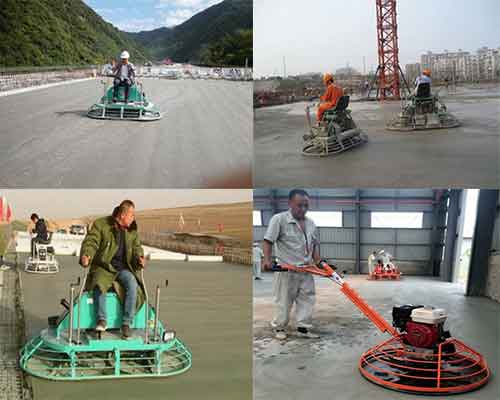
There are a variety of different blades that can be chosen that will all deliver a different finish. Whether you are looking for a certain type of finish or have a surface with an abnormal quantity of imperfections you can choose which blade will best suit your situation. Obviously the most important feature for a power trowel is the ability to be balanced and provide a level floor. For those areas where there are excessive dents and ridges the blades can be adjusted accordingly. Care must be taken at all stages so that the result is the best that can be achieved.

